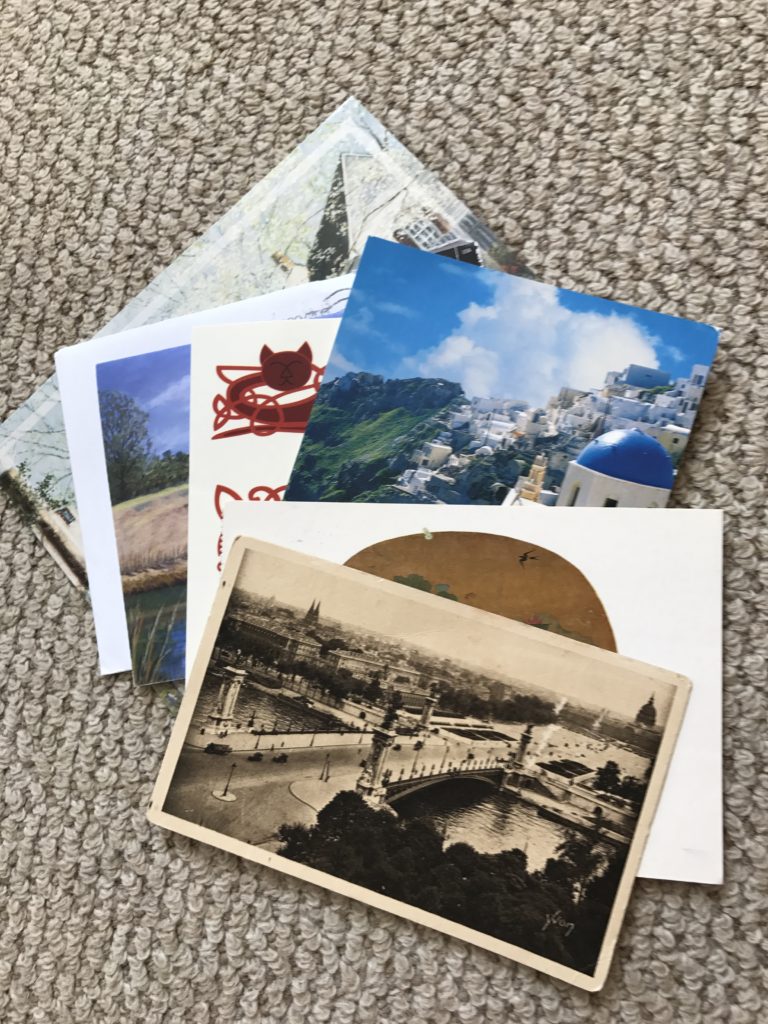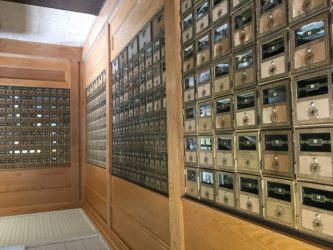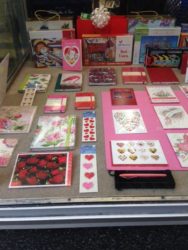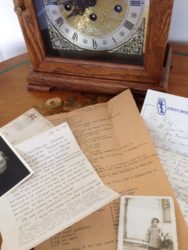Sending picture postcards in the mail is a tradition of somewhat recent vintage. And now, even as the practice fades, who does not enjoy receiving a postcard in the mail?

The development of postal cards dates back to the late 19th century in Austria/Hungary and shortly after, in Britain. Such cards were standardized in format and did not feature images.
Postcards, on the other hand, in which the design features a picture or image on one side, with space for the recipient’s name, address, and a message, on the other, was approved by the U.S. in the early 1900s.
A quick message on a postcard, most likely written miles from home, could serve as the early 20th century version of text messaging. It was a way to stay in touch with the recipient, without the labor involved in writing a letter. No response was needed and the cost was low (the cost of early postcard stamps was $.01).
In my travels, I have often bought a card or two, mostly as a souvenir for myself. To stay in touch with friends or family, a text message, phone call, email, or social media post are the more likely forms of communication. But I love the format of postcards, which double as bookmarks as well as memorabilia. They serve as reminders of the places I have been and enjoyed.
One of my former colleagues collects postcards from all 50 states that feature maps of the state. Other collectibles include routes of famous highways. Vintage postcards featuring photographs of particular places are a collector’s delight and the right image can be quite valuable.
It is harder today to actually find stores that sell postcards. Once commonly found in pharmacies, bookstores, gift shops and more, souvenir shops that sell cards are increasingly difficult to find. The San Francisco Chronicle’s Urban Design critic, John King, notes that today’s postcards rely heavily on city nostalgia, with views of the iconic cable cars, twisty Lombard Street, and the Golden Gate Bridge.
Ironically, boxed sets of postcards are more ubiquitous today. In my letter writing collections, I have cards of Vintage Paris, produced by the elegant paper company, Cavallini & Co. In addition to vintage postcards, Cavallini creates a variety of products, including calendars, notecards, notebooks, puzzles, and more.
Produced by the publisher Clarkson Potter, another favorite collection includes 50 images (100 postcards) of The World’s Greatest Bookstores, images by Bob Eckstein. On the occasions that I send a postcard, it is always fun to find a card with a bookstore image taken near the recipient’s city or town. These and other treasured postcards can be found in independent bookstores.
Currently, I am engaged in a group postcard writing project, writing and sending postcards with a hand-written message urging voters to cast their vote in the current elections. The messaging is not about changing minds, as opinions run strong these days, but rather, to encourage like-minded people to remember to vote.
For whatever reason you send postcards in the mail, a hand-written message is a treasure. We all get slews of postcards, brochures, and flyers from commercial marketing firms, but a personal message is rare and special. April 1 is National Card and Letter Writing Day – a good day to reach out to friends and loved ones. No time to write a letter? Send a postcard instead!




